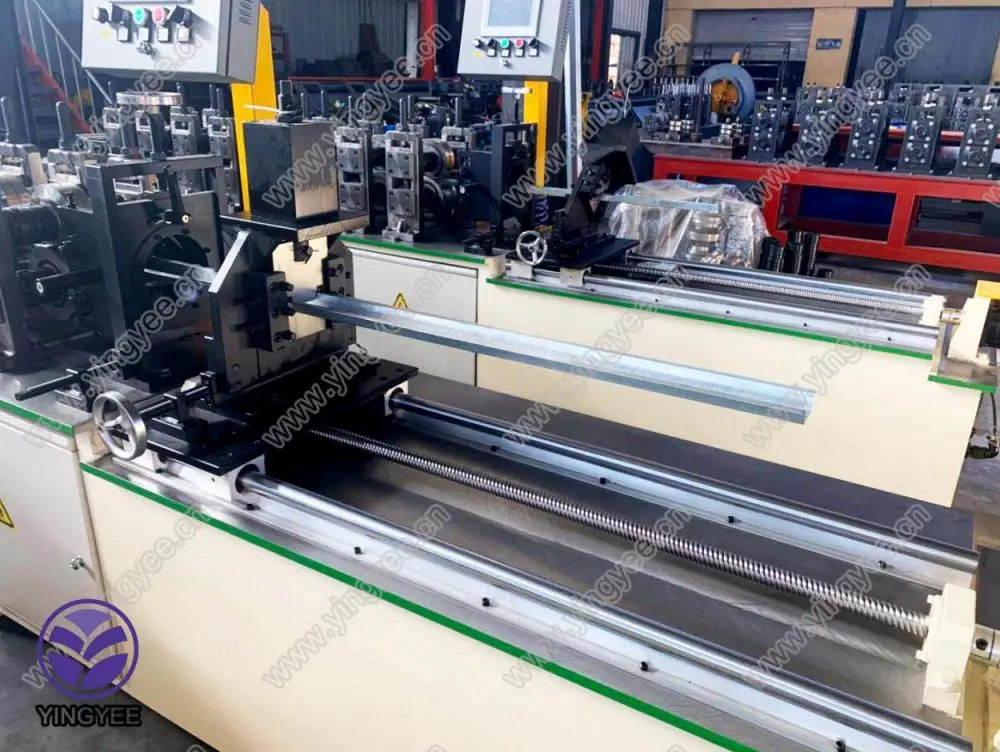
Understanding the Stud and Track Rolling Machine A Key Player in Modern Manufacturing
In the ever-evolving landscape of manufacturing, efficiency, precision, and durability are paramount. One technology that embodies these qualities is the stud and track rolling machine. This specialized equipment plays a critical role in producing a variety of components used in construction, automotive, and industrial applications. This article dives into the functions, benefits, and applications of the stud and track rolling machine, shedding light on its significance in modern manufacturing.
At its core, a stud and track rolling machine is designed to form metal into desired shapes and profiles, specifically studs and tracks. These components are essential in framing systems, particularly in the construction of interior walls and ceilings. The rolling process involves feeding a coil of metal through a series of rollers, which shape the material into tracks or studs as it passes through. The precision engineering of these machines ensures that the resulting profiles have the necessary dimensions and tolerances required for structural integrity.
One of the primary benefits of employing a stud and track rolling machine is efficiency. Traditional methods of creating studs and tracks often required multiple processes, including cutting, bending, and welding. However, with the advent of rolling machines, these operations can be streamlined. The machine can produce a continuous length of material, reducing waste and minimizing labor costs. Additionally, the speed of production is significantly increased, allowing manufacturers to meet tight deadlines and high-demand situations without compromising on quality.

Moreover, precision is a critical aspect of manufacturing in today's market. The stud and track rolling machine achieves high levels of accuracy, which is crucial for structural applications where even minor deviations can lead to significant issues. The advanced technology in rolling machines allows for fine-tuning of the dimensions, ensuring that each stud and track meets exact specifications. This level of precision not only enhances the quality of the final product but also improves safety standards within construction projects.
Another advantage of using stud and track rolling machines is their adaptability. These machines can typically accommodate various sizes and shapes, enabling manufacturers to produce a wide range of products from a single piece of equipment. This versatility is particularly beneficial in industries where customer specifications vary. Furthermore, many modern rolling machines are equipped with programmable controls that allow for quick adjustments between different product types, saving time and resources.
The applications of stud and track rolling machines are diverse, extending far beyond the construction industry. In the automotive sector, these machines can produce components for vehicle framing and support structures. Industrial applications also benefit, as machinery, shelving systems, and other equipment often require similar profile shapes. The ability to produce customized solutions efficiently makes the stud and track rolling machine a vital asset across multiple sectors.
In conclusion, the stud and track rolling machine stands as a testament to modern manufacturing's drive towards efficiency, precision, and adaptability. Its ability to streamline production processes while maintaining high-quality standards makes it an indispensable tool in various industries. As manufacturing continues to evolve, the role of such advanced machinery will undoubtedly grow, paving the way for innovative processes and products that meet the demands of future markets. Investing in a stud and track rolling machine is not just a decision for efficiency; it is an investment in the future of manufacturing excellence.